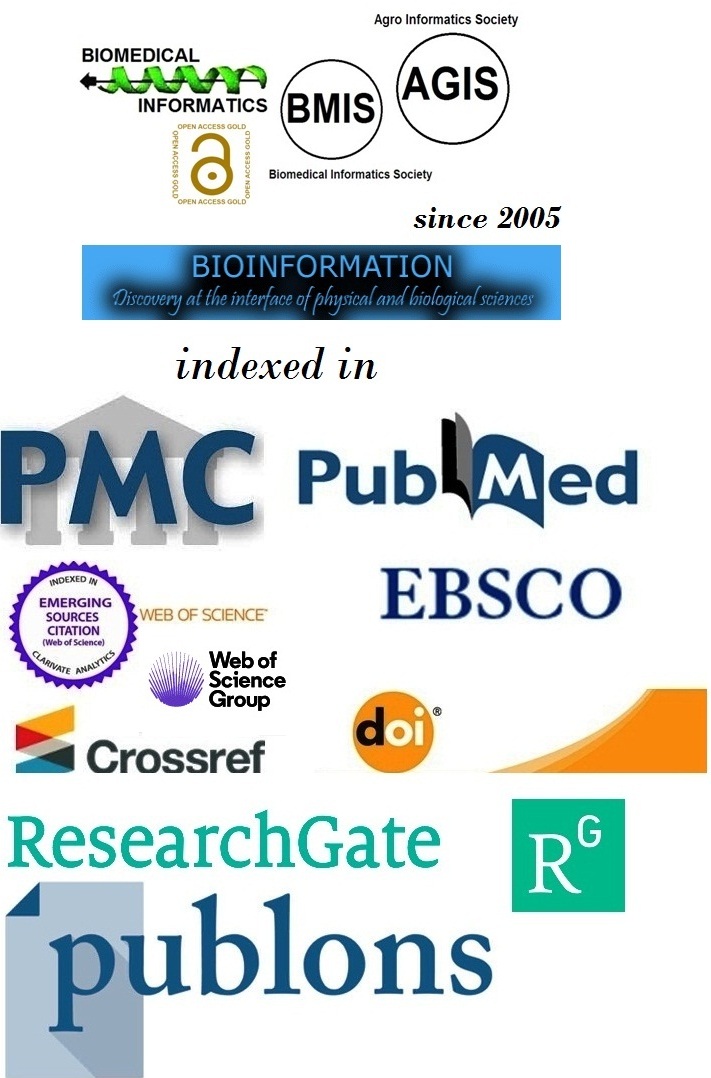Title
Revolutionizing root canal treatment: A review of minimally invasive endodontics
Authors
Puneet Prasher1,*, Simran Jyot Kaur2, Mehar Kaur3, Barbara Vigas4, Tamana Khatri5 & Sairam Pallerla6
Affiliation
1Department of Dental Surgery in Prosthodontics and Crown & Bridge, Sri Guru Ram Das Institute of Dental Sciences and Research, Punjab, India; 2Department of Dental Surgery, Sibar Institute of Dental Sciences, Guntur, India; 3Department of Dental Surgery, Sudha Rustagi College of Dental Sciences & Research, Faridabad, India; 4Department of Dental Prosthetics, Faculdade do mazonas (IAES), Manaus, AM, Brazil; 5Department of Dental Surgery, Dow University of Health Sciences, Karachi, Pakistan; 6Department of Dental Surgery, Sri Sai College of Dental Surgery & Hospital, Vikarabad, Hyderabad, India; *Corresponding author
Puneet Prasher - E-mail: docp231189puneet@gmail.com
Simran Jyot Kaur - E-mail: kaursimranjyot97@gmail.com
Mehar Kaur - E-mail: drmeharkaur@icloud.com
Barbara Vigas - E-mail: barbara@fblimports.com
Tamana Khatri - E-mail: tamanak321@gmail.com
Sairam Pallerla - E-mail: sai.pallerla@marshall.edu
Article Type
Research Article
Date
Received August 1, 2025; Revised August 31, 2025; Accepted August 31, 2025, Published August 31, 2025
Abstract
Minimally invasive endodontics (MIE) is an emerging approach in root canal therapy that emphasizes preserving as much tooth structure as possible while maintaining effective disinfection, which is essential for achieving long-term clinical success. Therefore, it is of interest to review the biomechanical and clinical outcomes of minimally invasive endodontics (MIE) in comparison to conventional endodontic techniques, while also addressing the efficacy of instrumentation, canal debridement and fracture resistance within these approaches. Additionally, emerging treatment modalities such as three-dimensional guided endodontics and enhanced irrigation protocols have been explored. Data shows that MIE is a promising strategy for preserving both the form and function of the tooth. However, further clinical studies are needed to standardize protocols and confirm long-term success rates.
Keywords
Conservative access cavity, cone-beam computed tomography, endocrowns, micro-invasive irrigation protocols, bioceramic sealers.
Citation
Prasher et al. Bioinformation 21(8): 2504-2509 (2025)
Edited by
Akshaya Ojha
ISSN
0973-2063
Publisher
License
This is an Open Access article which permits unrestricted use, distribution, and reproduction in any medium, provided the original work is properly credited. This is distributed under the terms of the Creative Commons Attribution License.
